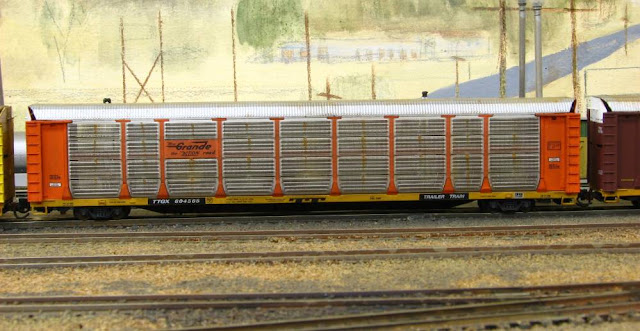Just thought I'd divert from the model trains to share with you a few photos from the San Diego Mustang Club's annual Mustang show. It takes place in Embarkadero Park which is located in downtown San Diego on the waterfront, a very scenic place for a car show. Every year, participation in this show increases, and there had to be 300 cars there this year. Because of the popularity of the recent model year Ponies, the grounds are nearly completely full.
Here in this blog, I will show you a couple of photos of my 1967 Mustang convertible. It has a 302 ci engine I obtained from Ford Racing a couple years back. It has a roller cam, high compression heads, a Holley 471 carburetor, dual exhausts, and a C4 three speed automatic transmission. It is a daily driver.
A video of the show can be seen on YouTube at:





















































